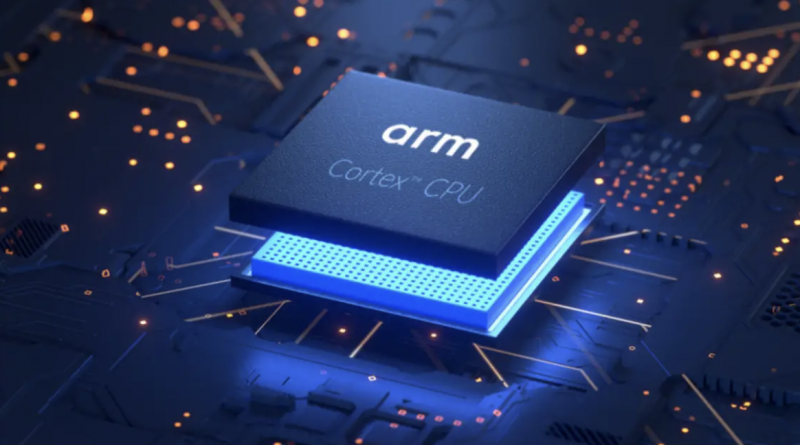Arm to secure $4.7 billion in IPO, placing a valuation of $54.5 billion on the chip designer
Arm Holdings, the chip architecture company under the ownership of SoftBank Group, is on the verge of launching its initial public offering (IPO), set to generate approximately $4.7 billion and pegging the firm’s valuation at over $54.5 billion.
As reported by Reuters, the IPO has seen an overwhelming six-fold oversubscription, positioning the company as a pioneer in the IPO market, with the potential to pave the way for other enterprises to follow suit. However, Masayoshi Son, CEO of SoftBank, has reportedly deemed the $51 per share price for the 95.5 million shares scheduled for sale on Thursday as a prudent choice.
SoftBank had initially aspired to secure a higher valuation, having recently acquired the remaining 25% stake in Arm for $64 billion last month.
Arm, headquartered in Cambridge, United Kingdom, has opted to go public in the United States, generating significant demand for what is expected to be the largest IPO in the U.S. in the last two years. The company commands a staggering 99% market share in the realm of mobile phones, while also expanding its reach into markets such as processors for PCs and servers. Arm’s architectural lineage is rooted in RISC computing, emphasizing energy efficiency, in contrast to Intel’s architecture, which prioritizes performance.
Nonetheless, global economic challenges have had a detrimental impact on Arm’s sales, with total revenue amounting to $2.68 billion in the 12 months ending March 31, compared to $2.7 billion in the preceding year. Arm has countered this setback by aggressively venturing into the automotive chip sector and other areas.
The Significance of Semiconductor Chips:
Semiconductor chips constitute the bedrock of the contemporary electronics industry, consisting of minuscule silicon slices containing billions of transistors when processed. These transistors are intricately arranged in circuitry more complex than a global road map. Present-day semiconductor processors boast more transistors than 16 times the Earth’s population.
In 1971, Intel’s inaugural microprocessor incorporated a mere 2,300 transistors, while the latest Arm-based Apple Watch now houses a staggering 5.9 billion transistors. This remarkable progress is attributable to Moore’s Law, formulated in 1965 by Intel’s former CEO Gordon Moore, which predicted that the number of transistors on a chip would double every few years.
These efficiency enhancements have consistently led to improved electronic devices, becoming faster, more affordable, and smaller, facilitating the creation of increasingly compact electronic gadgets. Although Moore’s Law has recently experienced a slowdown, technological advancements continue at a rapid pace, exemplified by Apple’s latest M2 Ultra processor for its Macs, containing a remarkable 134 billion transistors.
In 2022, the semiconductor industry reached a valuation of $574 billion, a year marked by chip shortages that severely impacted various industries, grappling with pandemic-induced fluctuations in demand. Chip shortages in 2022 led to extended factory shutdowns at Ford and widespread scarcity of game consoles like the Xbox Series X/S and PlayStation 5. These shortages inflicted considerable damage on the global economy.
Recognizing the strategic importance of the chip industry, the U.S. Congress approved the CHIPS and Science Act in 2022, earmarking $280 billion in funding to bolster domestic research and semiconductor chip manufacturing in the United States. Arm plays a pivotal role in designing the framework, referred to as architecture, for processors that serve as the brains of electronic devices.

